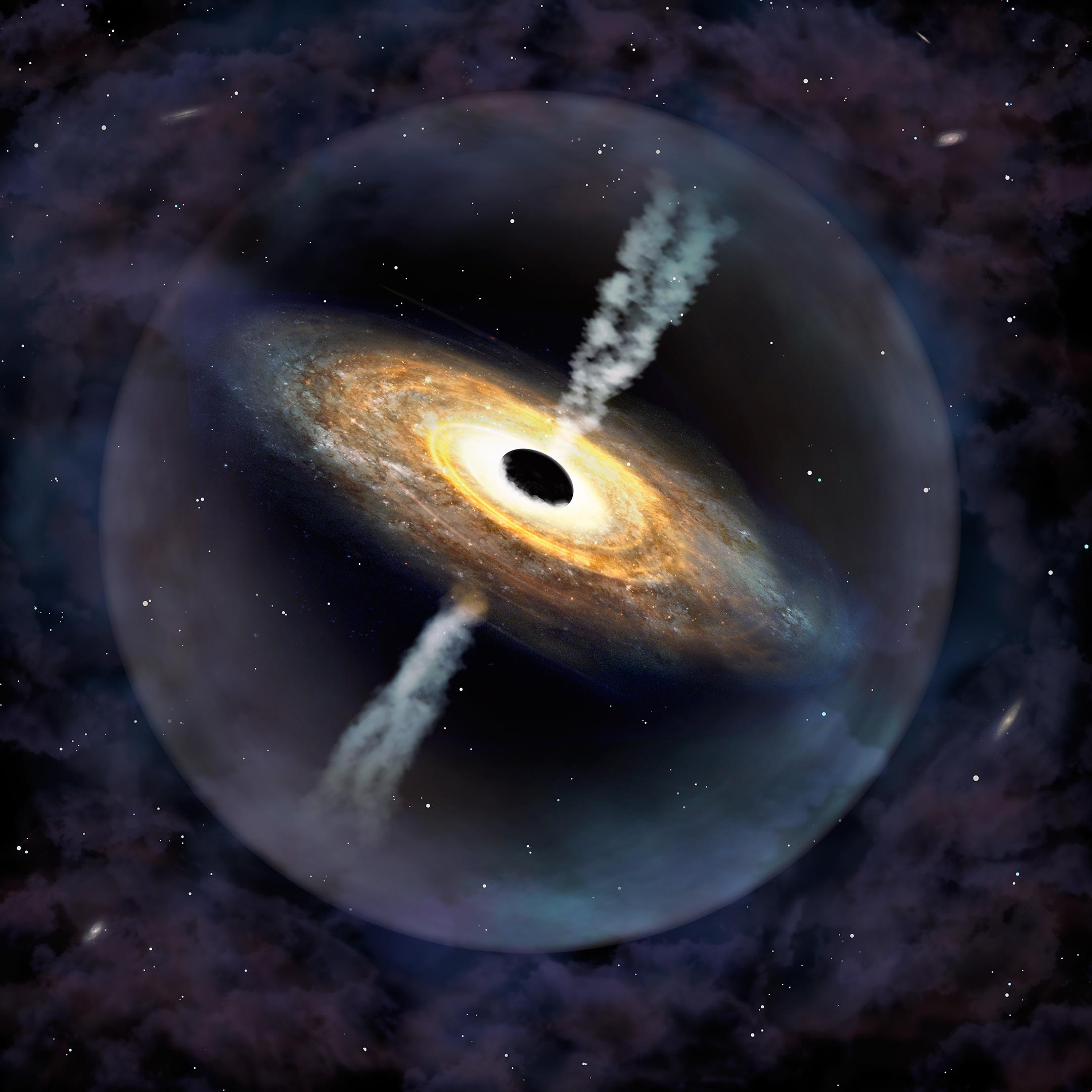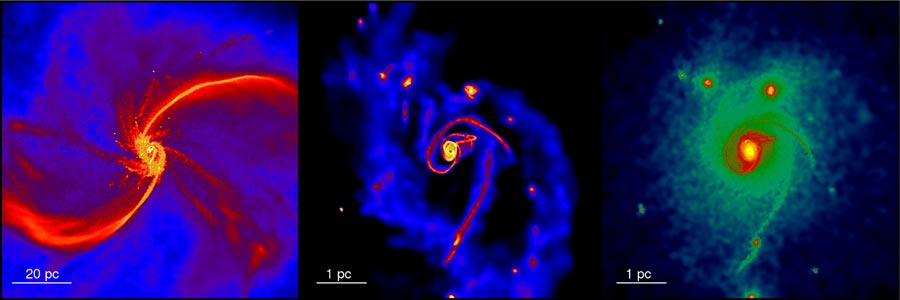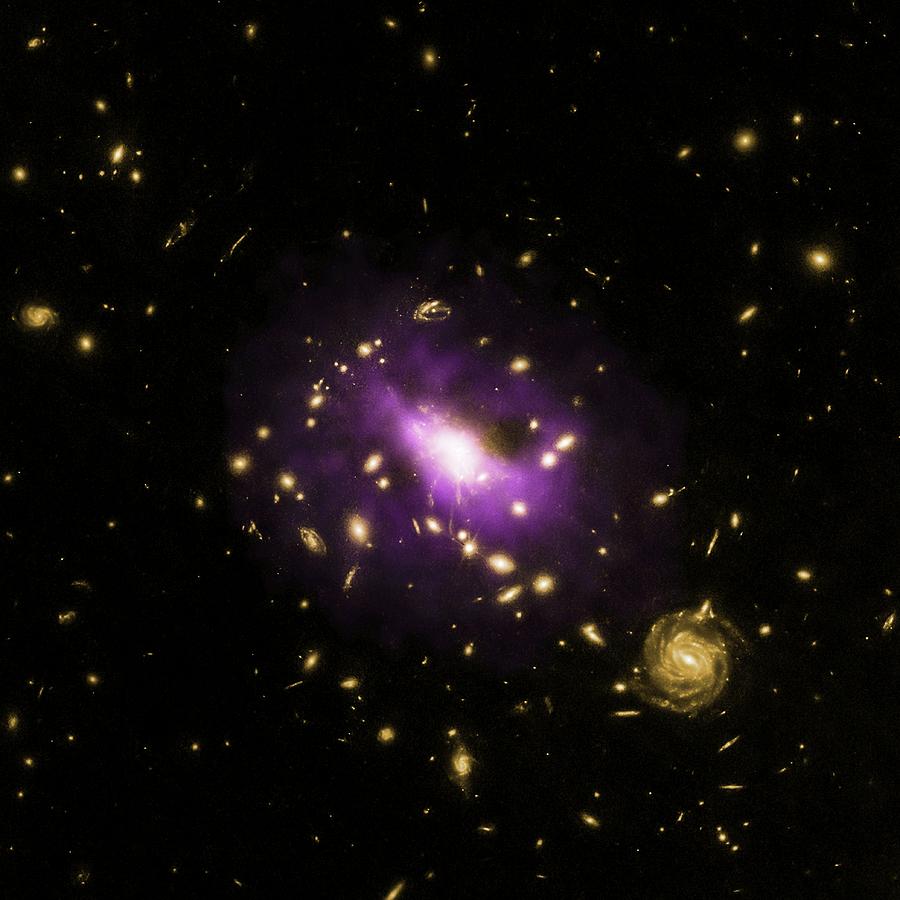
According to Science Alert, J2157 is some billions of light-years away. Like TON 618, J2157 is also astoundingly far from Earth. Below, for visual reference, is a comparison of all the differently sized black holes. That indescribably large light-swallowing beast weighs in at 66 billion solar masses. That title belongs to an ultramassive black hole powering the quasar known as TON 618, which is about 10.4 billion light-years away from Earth. In other words, a “feeding” black hole.Īlthough J2157 is huge beyond imagination, it isn’t the most massive black hole we’ve ever observed. A quasar-pictured at top-is essentially a black hole that’s actively pulling in gas and dust from a surrounding accretion disk. Onken and others described these new measurements in a paper recently published in the journal, Monthly Notices of the Royal Astronomical Society. In the paper, which comes via ZME Science, the researchers say that the ultramassive black hole is, on top of being gargantuan, also the most luminous quasar in the known universe.

He added that “If the Milky Way’s black hole wanted to grow that fat, it would have to swallow two thirds of all the stars in our galaxy.” “To understand the formation and evolution of galaxies, which are the building blocks of our universe, we must first understand these black holes,” Hlavacek-Larrondo said.J2157 is “about 8,000 times bigger than the black hole in the centre of the Milky Way,” astronomer Christopher Onken of Australian National University told Science Alert. The professor describes black holes as “the most powerful objects in the universe,” and says they are far from silent lurkers. It sucks up little matter and probably wouldn't be able to produce destructive high-energy jets." “It's not very active, much like a dormant volcano. “Sagittarius A, the Milky Way's supermassive black hole, is a bit boring,” she said. The black holes then release energy jets so strong that they could create a mini Big Bang that could cause major damage to a host galaxy.ĭespite the potential for galactic destruction, Hlavacek-Larrondo says we have nothing to worry about in our own galaxy. This means the voids can draw in the matter surrounding it, including stars, Mezcua’s co-author and University of Montreal Department of Physics professor Julie Hlavacek-Larrondo explained in the release.

(MORE: NASA Releases Farthest Photos Ever Taken)Īs black holes grow, they become stronger. “Maybe they got a head start in this race to grow, or maybe they’ve had an edge in speed of growth that’s lasted billions of years.”Īlmost half of the black holes evaluated in a study co-authored by Mezcua had masses that were at least 10 billion times that of the sun, according to a release from the University of Montreal. “We found black holes that are far bigger than we expected,” Institute of Space Sciences postdoctoral fellow Mar Mezcua told NASA. To qualify as an ultramassive black hole, the void must be between 10 to 40 billion times the sun’s mass, according to a 2012 report from NASA. “Maybe massive galaxies are more effective at feeding cold gas to their central supermassive black holes than less massive ones.” “An obvious question is why?” Yang’s study co-author and Penn State researcher Niel Brandt said in the release.

Galaxies that are home to roughly 100 billion solar masses worth of stars have ratios that are about ten times more than that of galaxies holding roughly 10 billion solar masses worth of stars, according to NASA. “We are using extraordinary data taken from different telescopes to figure out how this cosmic competition unfolded.”

“We are trying to reconstruct a race that started billions of years ago,” Yang stated in the release. This indicates that galaxies that contain more stars have “hungrier” black holes. The study led by Penn State scientist Guang Yang, suggests the growth ratio of black holes and their nearby stars increased as their surrounding galaxy grew. (MORE: What Happens to the Tesla in Space Now? ) The clusters are roughly 4.3 to 12.2 billion light-years away from Earth and contain “ultramassive” black holes that are roughly 10 times bigger than the average void.Ī separate team of researchers found that black holes in larger galaxies are expanding faster than the voids in smaller galaxies, which may be due to them growing in unison with the galaxy itself, reports NASA. Using X-rays and radio emissions, scientists analyzed 72 galaxies lying in the middle of galaxy clusters that are considered to be some of the brightest and most massive, according to a release from NASA. Teams of researchers have discovered what may be the most massive black holes ever detected, and have found that they may be growing faster than the stars around them.


 0 kommentar(er)
0 kommentar(er)
